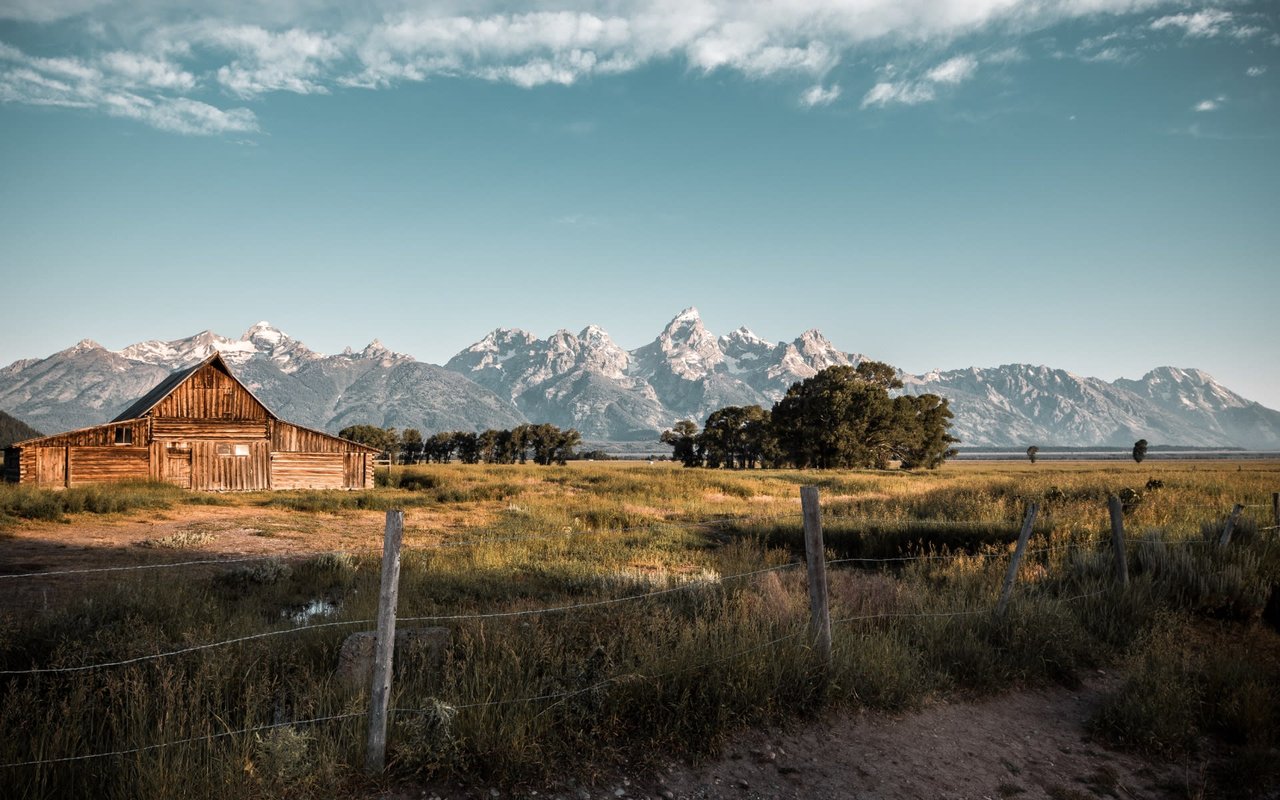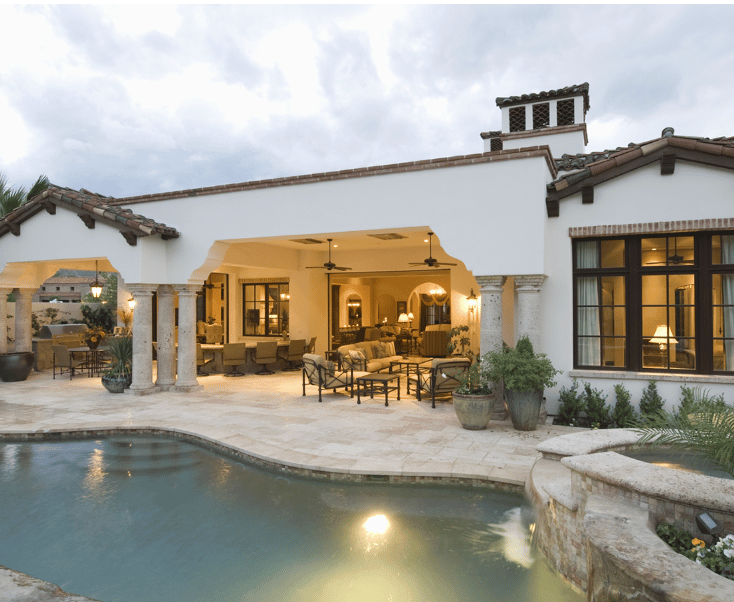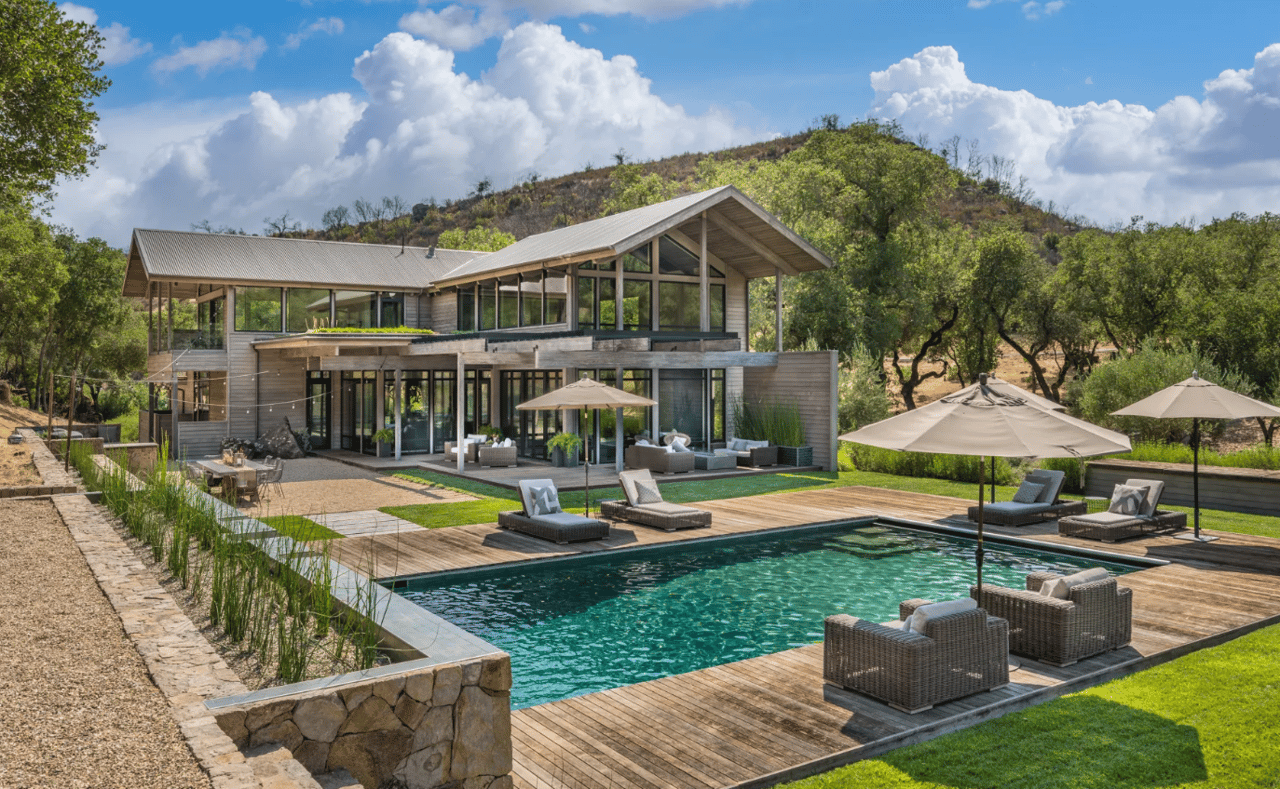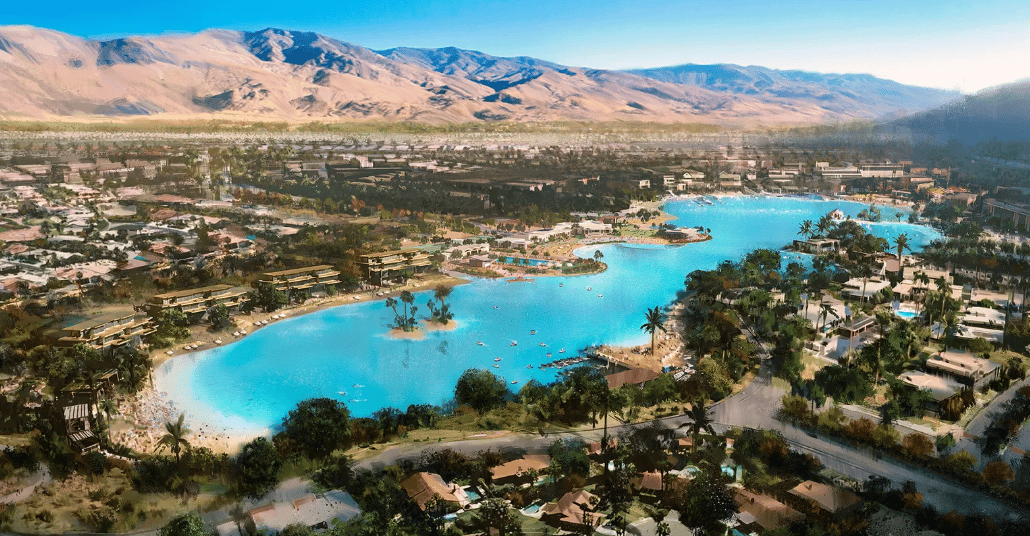A Growing Lifestyle Shift in California
A Lifestyle Shift That’s Gone Mainstream
For decades, “off-grid living” sounded like something for preppers or survivalists. Today, it’s mainstream. Across California, buyers are trading city life for more land, more independence, and more control over their future.
From the redwoods of Humboldt to the Sierra Nevada foothills, and from Sonoma vineyards to desert hideaways near Joshua Tree, more Californians are asking the same question: What if I could live with fewer neighbors, grow my own food, and generate my own power?
This trend ties directly into broader California housing trends in 2025, where buyers are seeking alternatives to traditional urban living.
What’s Driving the Trend
Several forces are fueling this shift:
-
Affordability pressures: Escaping the rising costs of metro housing.
-
Climate anxiety: A desire for sustainability and resilience.
-
Remote work: The freedom to live outside major cities.
-
Wellness and lifestyle: A slower pace, cleaner air, and more time outdoors.
Fannie Mae reports that applications for rural housing are up 80% since the pandemic — and California is a big part of that story. Central Valley hubs like Bakersfield, already seeing migration from Los Angeles, are becoming natural landing spots for buyers seeking more space and affordability.
What Buyers Look For in California Off-Grid Homes
While every property is different, there are common themes in California’s off-grid and homesteading wish list:
-
Northern California (Humboldt, Mendocino, Sonoma): Large parcels, private wells, timber rights, and permaculture potential.
-
Central Valley (Modesto, Fresno, Bakersfield): Acreage with barns, irrigation systems, and livestock setups.
-
High Desert (Joshua Tree, Yucca Valley, Anza Borrego): Solar potential, rainwater catchment, and privacy.
-
Sierra Nevada Foothills (Nevada City, Grass Valley, Oakhurst): Natural springs, wood stoves, and space for multi-generational living.
This is also where lifestyle overlaps with California’s agricultural and wine regions. Buyers drawn to the land often cross paths with those interested in unique wineries in Paso Robles and the sustainable culture of Santa Ynez. Both represent a way of life that blends sustainability, community, and self-sufficiency.
The Benefits and Challenges
Benefits:
-
More space and privacy
-
Food security and wellness
-
Long-term cost savings through self-sufficiency
-
A lifestyle aligned with sustainability
Challenges:
-
Navigating California’s strict building codes and zoning laws
-
Upfront costs of solar, water systems, and infrastructure
-
Distance from city conveniences (schools, shopping, medical care)
-
Exposure to economic shifts like tariffs and inflation, which may raise construction and replacement costs
Understanding both sides helps buyers decide if the lifestyle is right for them.
Where to Start if You’re Interested
If you’re considering an off-grid or homesteading property in California:
-
Clarify your goals. Are you looking for a working farm, a weekend retreat, or a fully off-grid lifestyle?
-
Know your must-haves. Solar, water, acreage, barns, or livestock space?
-
Research zoning and water rights. These can vary widely across counties.
-
Be realistic about lifestyle shifts. Off-grid living is rewarding, but it requires upkeep and commitment.
The Takeaway
The “back to the land” movement is no longer niche. For many Californians, it’s about resilience, independence, and redefining the dream of homeownership.
Whether it’s a vineyard property in Sonoma, a cabin in the Sierra, or a solar-powered desert compound, off-grid living offers freedom at a time when many feel stuck.
If you’re curious about exploring California’s off-grid and homesteading homes, it’s worth starting the conversation now — before more buyers catch on.




